A cryptocurrency is a digital asset designed to work as a medium of exchange that uses cryptography to secure its transactions, to control the creation of additional units, and to verify the transfer of assets. Cryptocurrencies are a type of digital currencies, alternative currencies and virtual currencies. Cryptocurrencies use decentralized control as opposed to centralized electronic money and central banking systems. The decentralized control of each cryptocurrency works through a blockchain, which is a public transaction database, functioning as a distributed ledger.

Bitcoin, represented by the ticker symbol, BTC, was first released in January 2009 and is touted as the first decentralized digital currency, as the system works without a central bank or single administrator. Satoshi Nakamoto is the name used by the unknown person or people who developed bitcoin, authored the bitcoin white paper, and created and deployed bitcoin’s original reference implementation. The network is peer-to-peer and transactions take place between users directly, without an intermediary. These transactions are verified by network nodes through the use of cryptography and recorded in a public distributed ledger called a blockchain. There are 21 million Bitcoins that can be mined in total. It is a cryptocurrency with the most famous, popular, notable and highest market capitalization.
For more information on Bitcoin, please visit https://bitcoin.org/
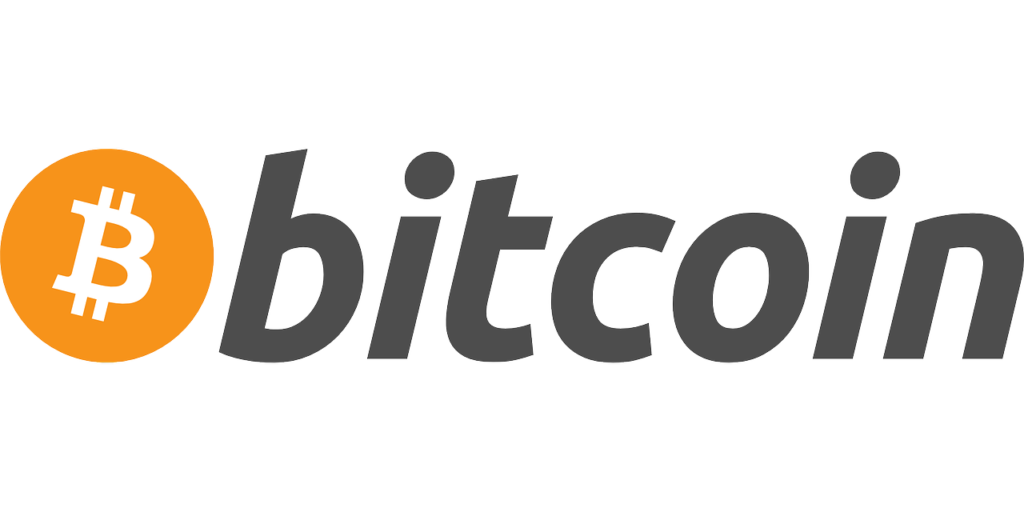
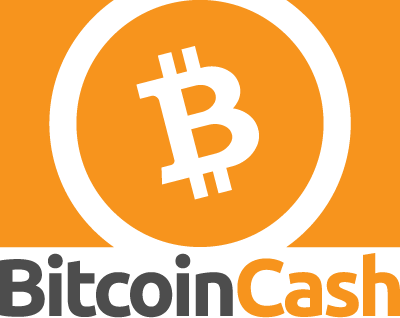
Bitcoin Cash is the continuation of the Bitcoin project as peer-to-peer digital cash. It is a fork of the Bitcoin blockchain ledger, with upgraded consensus rules that allow it to grow and scale. It was created in August, 2017, and anyone who held Bitcoin at the time Bitcoin Cash was created, became owners of Bitcoin Cash. Any transactions after the August 1st ledger split are completely separate between Bitcoin and Bitcoin Cash. This means any Bitcoin acquired after the split does not include any Bitcoin Cash, and any Bitcoin Cash does not include any Bitcoin. There is no one single development team for Bitcoin Cash. There are now multiple independent teams of developers. Bitcoin Cash is represented by the ticker symbol BCH.
For more information on Bitcoin Cash, please visit https://www.bitcoincash.org/
The BPX token is a discount token developed by Singapore Digital Exchange that can be traded for selected currencies listed on the Singapore Digital Exchange. The BPX token has two main utilities:
• Provides a discount on trading fees based on the following discount structure:
| Tier | BPX Token Balance | Discount % |
|---|---|---|
| (1) | 15,000 to 29,999 | 10% |
| (2) | 30,000 to 49,999 | 20% |
| (3) | 50,000 to 99,999 | 30% |
| (4) | 100,000 and above | 40% |
• Provides a referral fee for users who bring additional users to the platform.
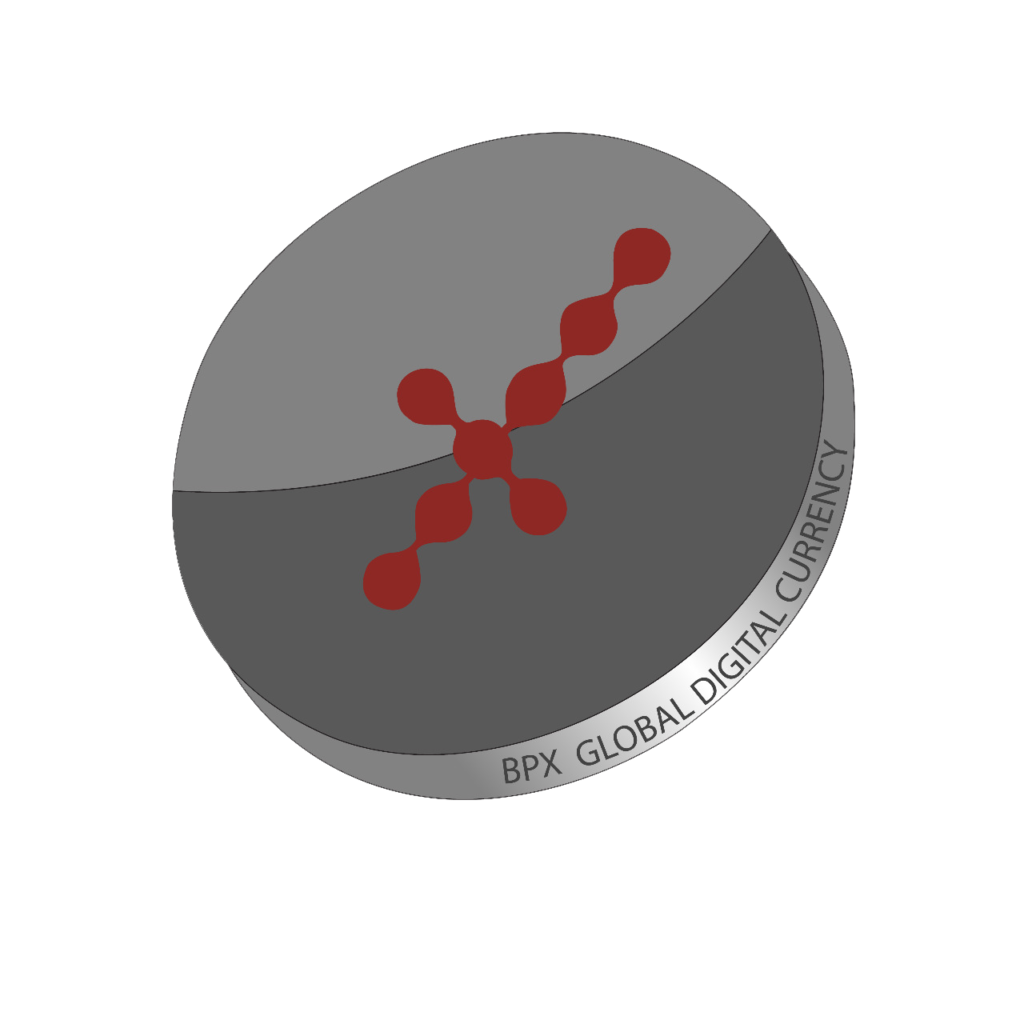

Dash was originally released as XCoin on January 18, 2014. The founder, Evan Duffield, proposed a series of improvements to Bitcoin’s protocol, including:
• A two-tier incentivized network of Masternodes and miners
• Instant transaction confirmations without a centralized authority
• A system for increasing fungibility of coins and anonymity of users
• An improved hashing algorithm (X11)
XCoin was renamed to Darkcoin on January 28th, reflecting a focus on user anonymity, then on March 25, 2015, rebranded as Dash (a portmanteau of ‘Digital Cash’) to reflect a shift in focus towards mainstream payments.
For more information on Dash, please visit https://www.dash.org/
Ethereum is used synonymously with the name ‘Ether’. First things first, Ethereum and Ether are different. Ethereum is an open-source, public, blockchain-based distributed computing platform featuring smart contract (scripting) functionality; while Ether (denoted by the ticker symbol, ETH) is the crypto-fuel or cryptocurrency for Ethereum’s blockchain. In short, Ether is bought & sold and not Ethereum. Created in 2013 by a young Russian Programmer, Vitalik Buterin, and launched in 2015, the primary purpose of Ethereum is to allow those interacting with the Ethereum Network to make and operate ‘smart contracts’ without having to trust each other or use a middleman.
Smart contracts are applications that run exactly as programmed without any possibility of downtime, censorship, fraud, or third-party interference – a smart contract will work exactly the same every time it is used. But what’s special about that? All software runs as it was programmed to do so… The code written on the Ethereum blockchain can’t be altered, tempered, or hacked. This tamper-proof feature ensured by cryptography makes it an interesting application of the blockchain technology. In a way, you can say that its married to its cryptocurrency asset (called Ether – ETH) which runs the Ethereum network.
For more information on Ethereum, please visit https://www.ethereum.org/
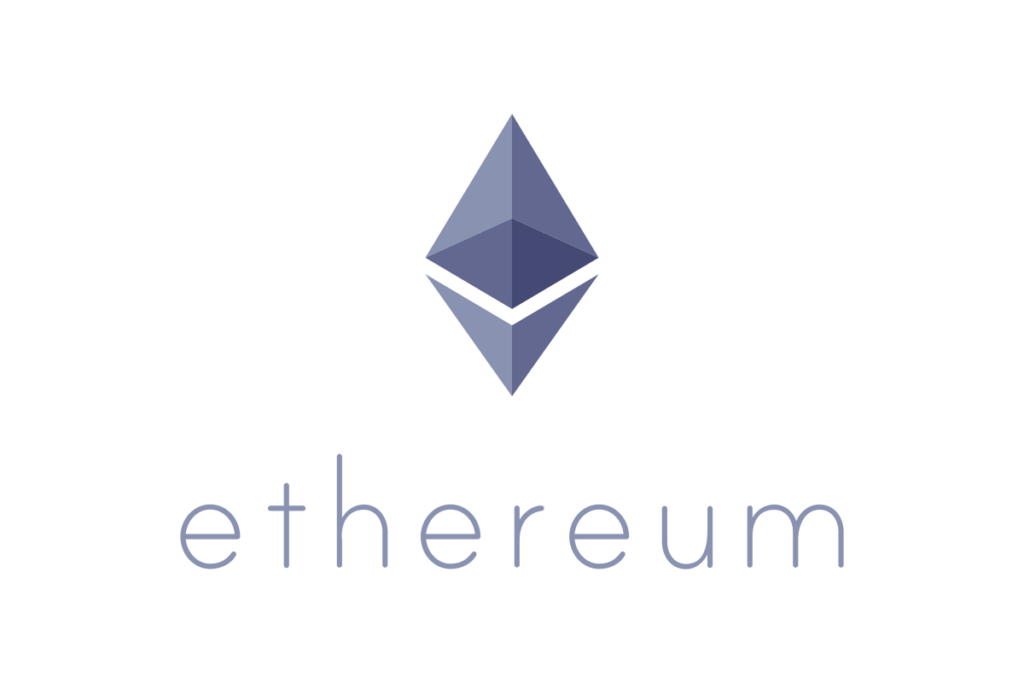
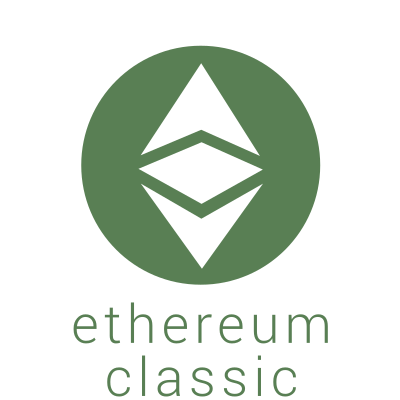
The Ethereum platform has been forked into two versions: ‘Ethereum Classic’ (denoted as ETC) and ‘Ethereum’ (denoted as ETH). Ethereum Classic is a continuation of the original Ethereum blockchain. Due to an attack that occurred to a smart contract on the Ethereum Network (though it must be said that Ethereum was not at fault), to resolve the situation, the majority of the Ethereum community at that time supported a hard fork (an upgraded version that is not backward compatible). But a minority of users were against the hard fork, so they continued on the old blockchain and called themselves “Ethereum Classic”. Ethereum Classic (ETC) currencies is also a decentralized programmable blockchain like Ethereum. And like Ethereum (ETH), Ethereum Classic (ETC) is traded on exchanges and offers the same functionality of decentralized apps and smart contracts as Ethereum.
For more information on Ethereum Classic, please visit https://ethereumclassic.github.io/
GoldFund (GFUN) is a Blockchain Enabled Business in Australia that helps near term precious metals producers get into production by providing the capital they need. In return GoldFund is rewarded with part of the production, which is returned to GoldFund for purchase by Gold Buyers. The business maintains liquidity through the use of the GFUN coin as a means to acquire discounted gold.
For more information on GoldFund, please visit https://goldfund.io/

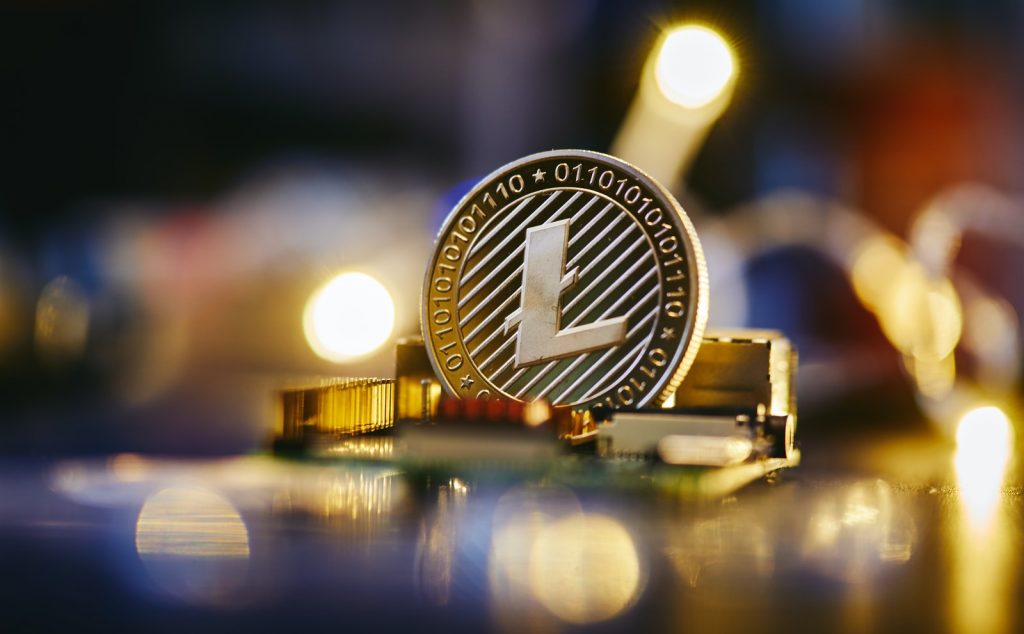
Litecoin was released via an open-source client on GitHub on October 2011 by Charlie Lee, a former Google employee. The Litecoin network went live the very same month. Litecoin came from Bitcoin’s core code with some modifications. Charlie Lee modified the code and protocol in the way he considered best in order to achieve large-scale adoption of the currency. As a lightweight alternative to Bitcoin, it differs primarily by:
1. Having a decreased block generation time – 2.5 minutes, thus enhancing the Litecoin Transaction Speed by four times compared to Bitcoin.
2. Increased maximum number of coins – The total number of Litecoin to ever be produced is 84 million units; four times the supply compared to Bitcoin.
3. Different hashing algorithm (scrypt, instead of SHA-256), for proof of work.
Litecoin is represented by the ticker symbol LTC.
For more information on Litecoin, please visit https://litecoin.org/
Ripple, represented by the ticker symbol XRP, is the native cryptocurrency of the Ripple Network (RippleNet). There were 100 billion XRP created at Ripple’s 2012 inception, with no more allowed to be created according to the protocol’s rules. XRP was created by a private company, Ripple Labs Inc., with the aim of being able to connect banks, payment providers, digital asset exchanges and corporates via RippleNet, to provide one frictionless experience to send money globally. At its core, XRP is based around a shared and public database or ledger, which uses a consensus process that allows for payments, exchanges and remittance in a distributed process.
For more information on Ripple, please visit https://www.ripple.com/
